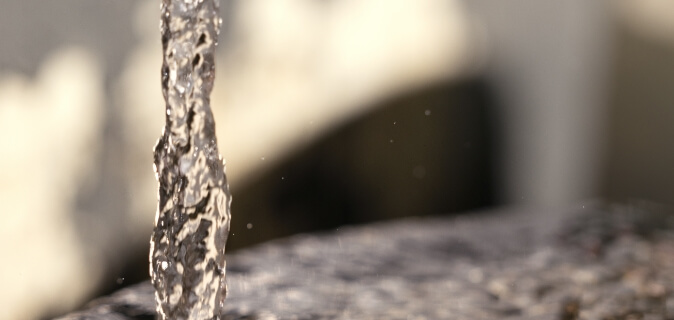Our
Process
What makes pampero
so tasteful?
Pampero™ Rum results from the finest sugar cane molasses fermented, distilled, and aged in oak casks.
Everything starts by mashing the sugar cane to extract the juice. It is boiled and centrifuged to form molasses. Once in the distillery, we add water and yeast to the molasses to start fermentation. The alcohol from the triple distillation is then diluted with water from 96% to 60%.
This liquid goes into white oak casks and rests in the plant for the ageing time, different for each type of rum. During this process, oxidation occurs, and the alcohol and the wood of the casks exchange some components.
When time is due, we open the casks, blend the different rums by formula, filter the liquid, and reduce to 40% of alcohol. Only then do we bottle it under the strictest quality control procedures.
The four secrets to
Pampero

The quality of the raw materials always affects the quality of any drink, but this is especially the case with rum, as the end product keeps more of the original flavour of the raw material than most liquors.
We make Pampero™ in the distillery La Miel (Spanish for honey), an enchanting place west of Venezuela that provides a pure water source and one of the sweetest sugar canes.
The quality and mineral content of the water is an essential factor in the taste of the rum and is another key differentiator between Pampero™ and Caribbean rums. Venezuela is rich in fresh water sources, this allows us to create Pampero™ without using treated seawater or any other wastewater from primary distillation, also called "vinazas" or dunder. Since Pampero™ has its own natural water source within the distillery, the water we use in the fermentation process is pure, with low presence of microbiological life.
Over 80% of sugar cane plants in Venezuela are grown in this region as it has the optimum weather conditions for cane growth: high temperatures during the day and a low temperature at night. The temperature gap between day and night (6-8°C) is ideal to create the crystal sugar content within the cane, and that is why Venezuelan sugar cane has one of the highest sucrose levels in the Americas. And this high sugar content produces the cleaner, better quality of alcohol of Pampero™.

The unique conditions in which Venezuelan sugar cane is grown give Pampero™ the full flavour of the region from where it comes.
After harvesting, we transport the canes quickly to the mill to avoid any deterioration. There they are chopped and passed through a series of rollers and grinders that squeeze the juice or ‘virgin honey’ out from the stems. It then undergoes a series of continuous evaporations to produce sugar and molasses.
The next stage is fermentation, which takes place in the distillery La Miel. This process uses the action of yeast and pure water on molasses to produce alcohol.
After fermentation, the wash is distilled three times and diluted to 96% to 60% or 50%. Pampero™ uses a distinctive distillation process that combines continuous column (light rum), kettle batch (semi-heavy rum) and pot still (heavy rum) to produce a high-quality alcohol. This also gives Pampero™ a special performance during the ageing process.

After distillation, the spirit is aged in white oak casks until it reaches a smoother, more complex quality.
The spirit takes tannins, flavours, and colours from the porous wood and moves in and out with the rise and fall in temperature. We can say that the cask “breathes”, causing complex oxidative changes to the chemical make-up of the spirit.
Some of the rum evaporates through the wood. The lost rum is called the ‘angel’s share’ and accounts for up to a 9% loss annually. It shows how intense the weather and ageing conditions are in Venezuela, as in cooler climates, this figure is usually around 2% per year.
In short, the higher the temperatures, the more intensive is rum maturation. The country’s position on the equator provides Pampero™ with its exclusive intense taste. Due to the consistently high temperatures in Venezuela, rum ages at approximately three times the rate of scotch or cognac. This intense ageing means that a 7-year-old rum will have many of the same qualities as a 21-year-old scotch!







 NEXT SECRET
NEXT SECRET
